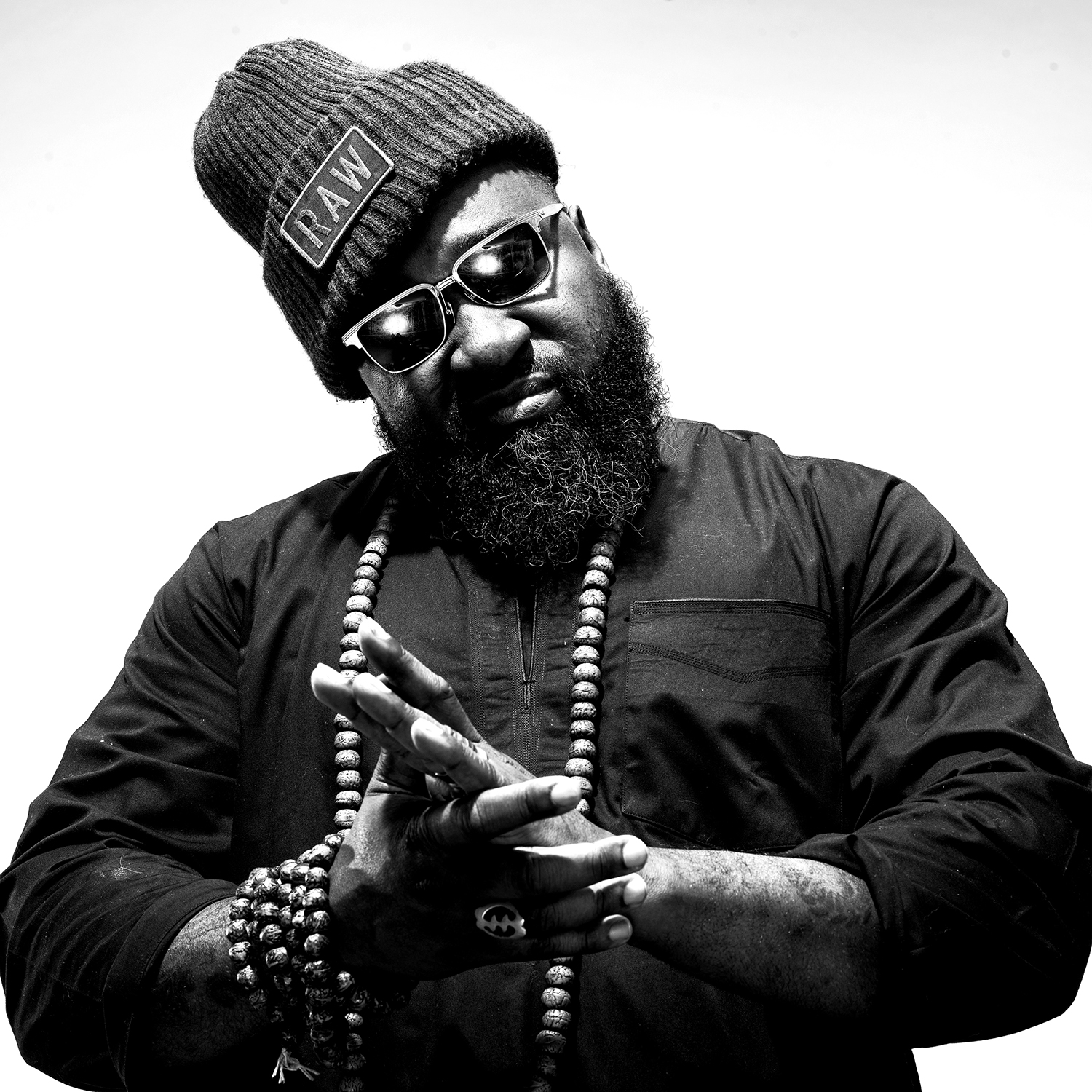
This interview is part of an ongoing Design Observer series, Chain Letters, in which we ask leading design minds a few burning questions—and so do their peers, for a year-long conversation about the state of the industry.
In February, we celebrate Black History Month and examine how to better design for inclusivity.
Formerly as one of a half dozen Design Directors overseeing the brand for Nike Brand Design, Jason Murphy has conceived and executed multi-million dollar campaigns that continue the company’s dominance in athletic apparel and footwear, representing 62% of the U.S. market. Jason’s creative thinking and narrative concepts are at the heart of Nike Brand Marketing’s print and digital campaigns promoting Athletic Training, Nike Basketball, Football, and Sportswear. He’s created signature footwear and apparel releases including The LaDainian Tomlinson Air Force 1, The Black History Month Air Force One dual pack, the Basketball Never Stops Tees during the NBA lockout, and the Marcus Mariotta 1 of 1 AF1 release during the NFL Draft.
Jason has also illustrated the many ways that a powerful brand can transcend athletics, by playing a key role in Nike’s cause-related marketing around Black History Month; crafting the visual identity for Kevin Hart’s “Move With Hart Campaign,” which engaged thousands of runners in free, spontaneous 5K events all over the country; and leading Nike’s Equality campaign, launched in the wake of police violence against young African-American men and growing tensions during the 2016 Presidential elections.

Marcus Mariota's exclusive Nike Lunar Force 1s for Draft Day
How does being a black designer influence your work?
That’s a loaded question. Being Black or an African living in America influences how I move through the world, so it naturally impacts every aspect of my work. We as African American designers have to fight against stereotypes created and perpetuated by U.S. history and its relationship to us as a people. We have to move through the world with a different set of eyes and sensibilities. The rest of America can pick and choose how they want to interact with or view other African Americans and myself. We don’t have the same choice. We’re force-fed history and culture which often paints us in a negative and subservient point of view.
There’s such significant discrepancy between the number of African Americans in the various design fields versus other ethnicities that I feel a unique responsibility to remain as authentic as possible in the work and stories that I produce.
I often feel like non-African Americans view African American (Black) culture as something they can put on and take off like a coat or pair of pants, while no matter how many times I change my clothes I can’t escape who I am—nor do I wish to. I hope the work I create inspires and influences others who resemble me to know they can aspire to do the same. There’s such significant discrepancy between the number of African Americans in the various design fields versus other ethnicities that I feel a unique responsibility to remain as authentic as possible in the work and stories that I produce.
How do you mentor others?
I love having conversations with young designers. The first thing I want to see is the young designers’ work and what inspires them. From there, we can formulate how we’ll have the conversation. I’m no-nonsense and I don’t sugarcoat anything. Young people want the truth, and I like to give it to them.
I’m from the school of “Each one, teach one.” So many of my mentors have used this same methodology on me. It’s my responsibility to do the same even if I maybe didn’t get the full brevity of some of my mentor's lessons until later.
Some simple lessons:
-Be a student of design in all its forms
-Master your craft
-Brand yourself
-Control your narrative & stay true to yourself
-Know your consumer or audience and tell great stories
-Don’t drink the Kool-Aid in corporate america
-Each One Teach One
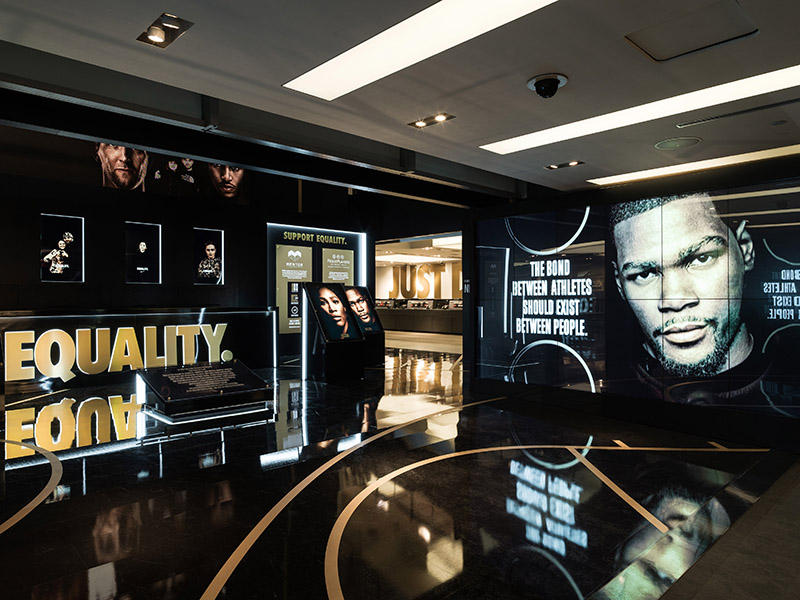
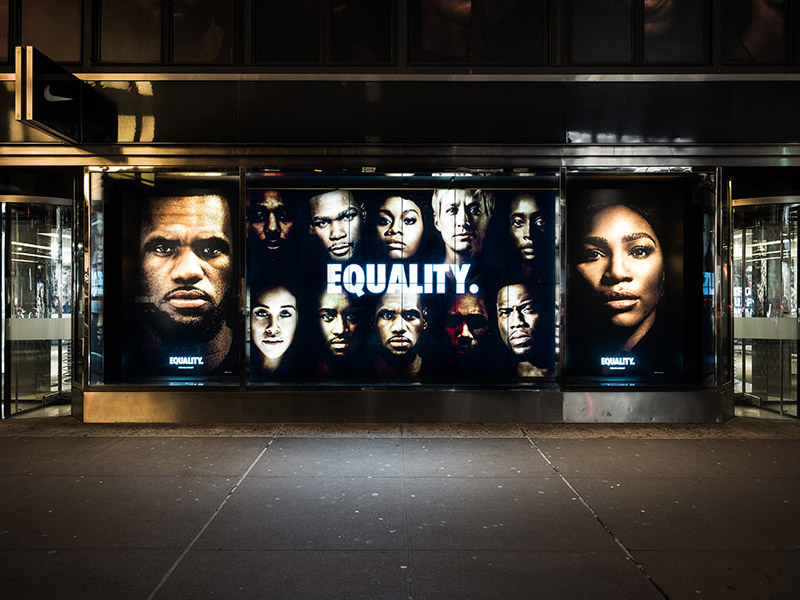
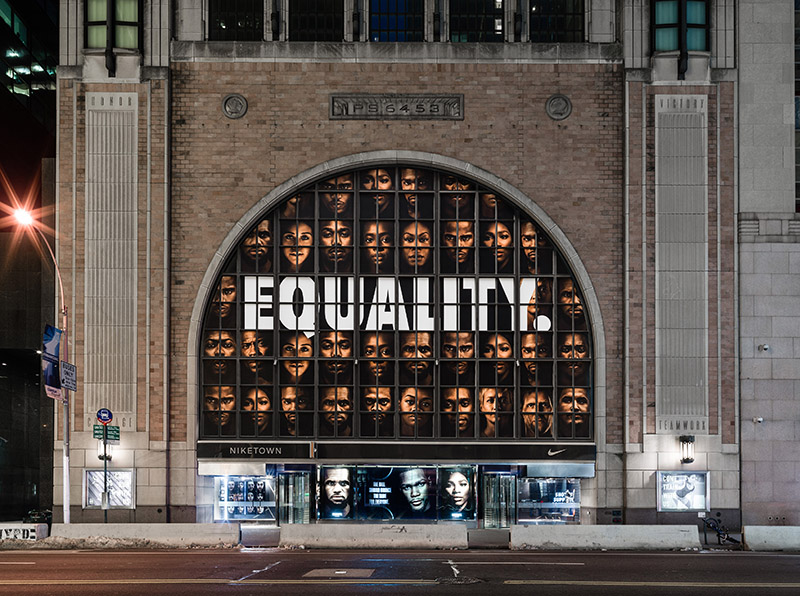
Images from Nike’s Equality project
What’s the biggest cliché you hear when it comes to designing for inclusivity? Why?
Inclusivity. That is the cliché. Where are they doing that?
I’ve been working in this field for over 24 years, and when you look at the statistics, I haven’t seen much progress. Take, for instance, Nike’s mistake with its Black History Month Air Force 1 using the Pan-African flag colors, and the Pepsi campaign debacle with Kendall Jenner. In addition to the Dove digital campaign fiasco and H&M’s recent digital campaign, all are signs that we as a nation have a long way to go in terms of real and authentic design for diversity and inclusivity. People at the top of these brands are uniquely out of touch with who the African or African American consumer is, and they aren’t inviting the right people into the conversation before things go to market.
Inclusivity. That is the cliché. Where are they doing that?
How can design be used by disenfranchised groups to give themselves power?
Design can and has always provided a voice to the disenfranchised and marginalized groups around the world. For me particularly, the movies Wild Style, Beat Street, and Style Wars all gave me a voice as an artist when I felt like I had none. The films and the work featured in them inspired me to become who I am today.
These three movies are filmed in parts of neighborhoods I grew up. They showed me a path that I could take into building a career for myself as an artist. What resonated with me was the ingenuity; the break-all-the-rules courage these artists used to express themselves—often at great peril to their freedom. The graffiti writers in New York City were some of my heroes.
Some others who inspired me were:
- Black Panther and revolutionary designer Emory Douglas
- Revolutionary author James Baldwin
- Painter Lois Mailou Jones
- Photographer and filmmaker Gordon Parks
- Designer Gail Anderson
- Designer Barbara Krueger
- Musician Flying Lotus
- Author and filmmaker Melvin Van Peebles
- Designer Milton Glaser
Ryan Coogler's Black Panther movie and the Obama Presidential portraits by Kehinde Wiley and Amy Sherald. Not much more I can add as a criticism or comment. All I can say is it’s just magical and about damn time!
From Ced Funches: If you could change one troubling aspect you’ve experienced in the design community into a positive outcome, what would it be?
I’ve never seen African Americans given the opportunity to fall up. What I mean by this is, given the opportunity to make mistakes on the job or in their career and be given the latitude to learn from and be forgiven for them while on the post. We usually work with a never-fail-at-anything mentality because of the fear of being fired or perceived as frauds and charity cases.
On the other hand, while at Nike, I’ve seen how non-African Americans, usually white men and women, are continually afforded this opportunity in the corporate system. They are elevated to another job title while we get mined for our insights, creativity, and intellectual currency until we’re no longer needed. Eliminate the belief and practice that African Americans have to do three times as much and work three times as hard to just compete on the same uneven playing field of our non-African American counterparts.
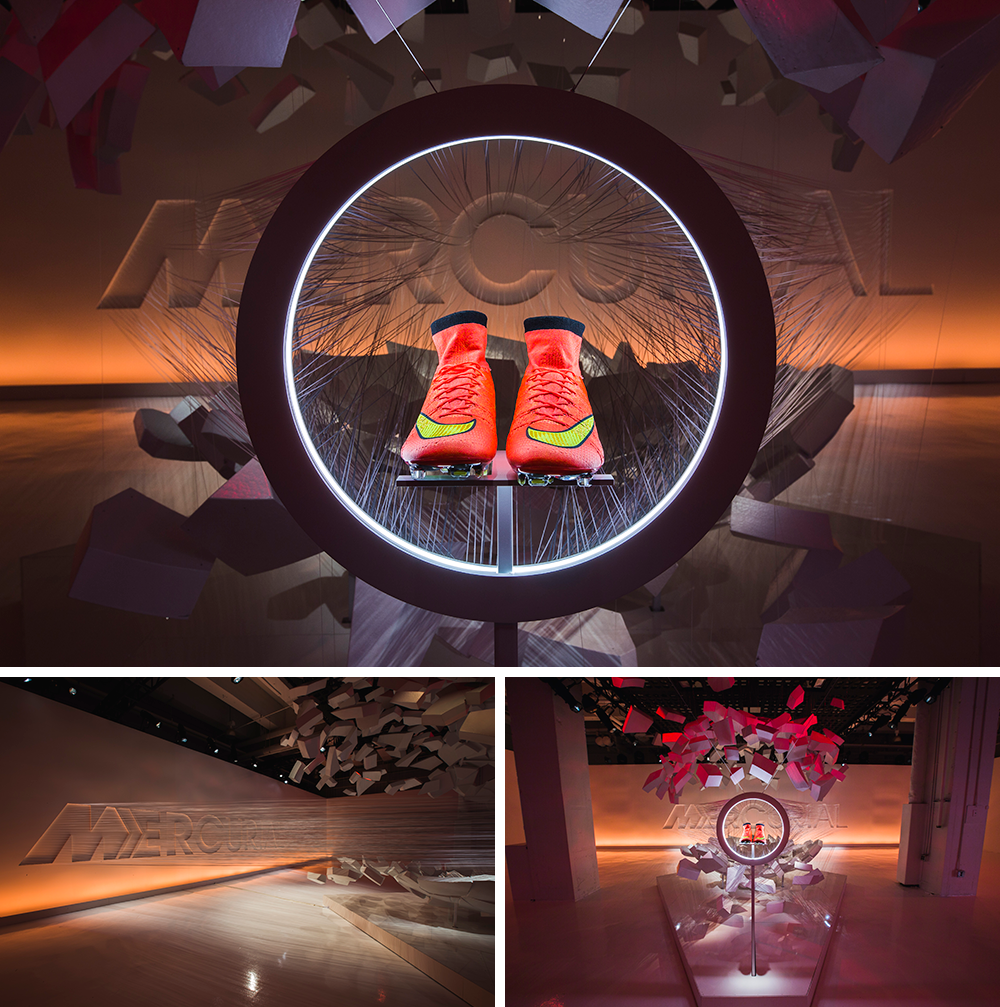
Images from Nike "Hall of Phenomenal" in NYC
Next week: Jason Murphy asks Julian Alexander, Grammy-winner and principal of Slang, Inc.: What made you want to become a graphic designer, and how was it working with 50 Cent during the start of his career?
